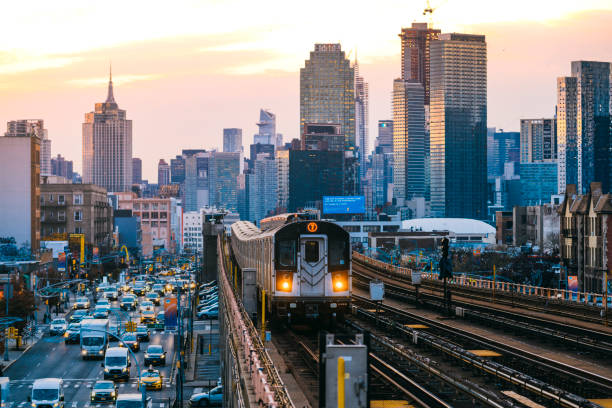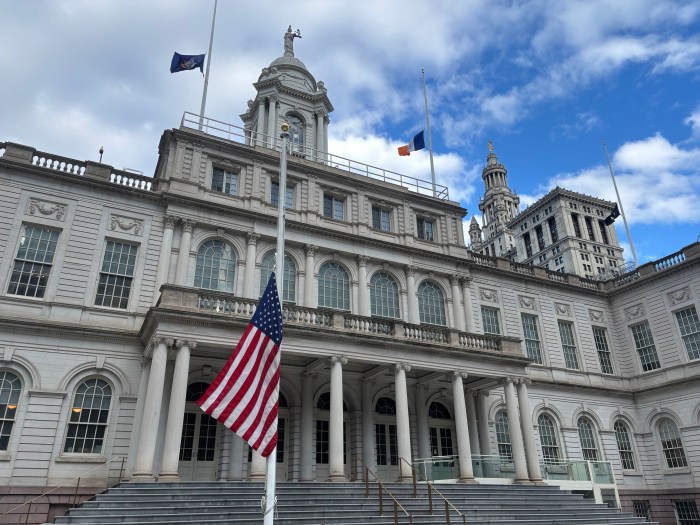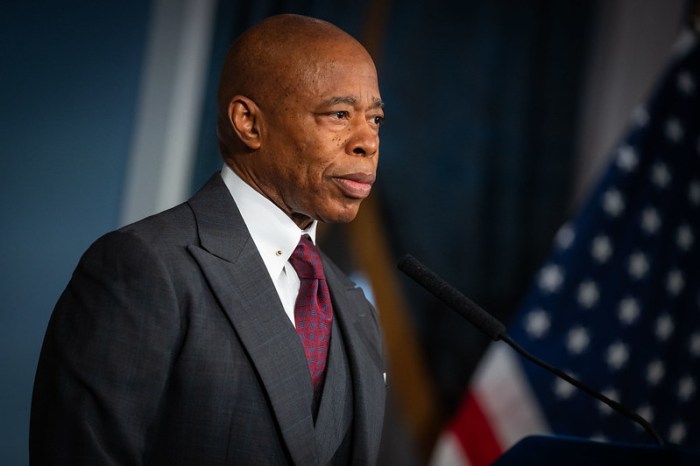In the months leading up to adoption of the city budget, stakeholders serving our communities across every sector warned of the danger that eliminating critical services would pose to our city.
While the broad range of cuts in the Mayor’s budget could not be fully reversed, the Council was able to safeguard many key programs and secure additional support in certain areas.
Although the City has faced no new unexpected fiscal shocks since then, the Mayor’s budget office has ordered all city agencies to cut 5 percent of their budgets and prepare for two additional rounds of similar reductions.
While the City is facing real fiscal challenges that we must confront, this overly broad response is a misguided and shortsighted approach to managing the city budget that the Council has repeatedly disagreed with in the Mayor’s past several proposed budget plans. It produces disproportionate results that threaten the well-being of New Yorkers and our communities, with sweeping reductions to library service, programs for young people, sanitation services, and more.
The more responsible course is to be surgical, prioritizing the investments we need against spending we can forgo, and to creatively identify revenue sources that help us close gaps.
Our budget difficulties have been wrongly attributed to being squarely about asylum seekers. The sunsetting of billions in federal COVID-19 stimulus dollars, a static economy, real estate challenges, and other costs that preceded the arrival of asylum seekers have all contributed to gaps in our outyear budgets. These gaps are tangible and cannot be ignored – ranging from an estimated $6 to $7 billion in each of the next fiscal years.
We have been clear about our disagreement with the Administration’s overreliance on expensive emergency contracts, too often with for-profit companies, to provide services for migrants. Our belief is that, wherever possible, the City must shift its service-delivery contracts to non-profit organizations with more expertise and hire the relevant city workers, which can help us respond and be more fiscally prudent. There is lasting value for our city to invest in essential city workers and organizations that have earned the trust of our communities but been overlooked in the City’s response to asylum seekers.
While this shift may provide some financial relief, it will not solve our budget gaps. The City simply cannot replace billions of dollars in expiring federal funds. While we expect city revenues to exceed the estimates by the Mayor’s budget office, a significant shortfall remains.
The City must set key priorities to protect services such as educational programs for our children. For example, stripping funding for Community Schools in the Mayor’s November Plan would destabilize schools and harm our students.
Key agencies that support the health and safety of New Yorkers are already struggling to fulfill their programmatic obligations to our constituents. The understaffing of vital agencies has delayed the delivery of food benefits and housing assistance to residents who urgently need these supports. While the Mayor has enacted a broad hiring freeze, real exemptions for workers who can help speed up processing these life-altering benefits are needed.
Cuts to essential programs can and must be avoided through more precise interventions. We can identify alternative savings and utilize in-year reserves that have to be spent this fiscal year – this would absorb a small fraction of the $1.45 billion within the city’s in-year reserves.
Critical programs that require greater resources will require our city to identify additional revenues.
Education experts have identified that the pandemic-era learning loss among students across the country requires greater support from federal, state and local governments. Our city’s students need leaders to unite in advocating for Albany and Washington to provide increased support for their public education.
We can also evaluate tax breaks for their effectiveness and seek out uncollected fines and fees. The City and State provide approximately $10 billion in tax breaks each year, yet we lack a clear picture of their public benefit. At a time of serious budget challenges, we should scrutinize forgone revenues that have persisted by default, rather than as sound economic policy. In many cases, this will require the state to authorize New York City to pursue such options.
While some may caution against any consideration of finding additional revenue, we can pursue a thoughtful approach that weighs the economic impacts.
The reality is that the increasing lack of affordability in our city, combined with an erosion in services, has already imposed a de facto tax increase on working and middle-class families.
When families cannot rely on affordable childcare, early childhood education, and other services, they make the calculation to leave. Over the years, New Yorkers have increasingly chosen to depart the city they love, contributing to the continued enrollment losses within our school system, trapping us in a vicious cycle of funding loss.
A new report showed that families making between $32,000 and $65,000 left the state last year at the highest rate, due to the high cost of living. Among this population, Black and Latino New Yorkers were twice as likely than white New Yorkers to leave. Middle-income families were not far behind in leaving as well.
We cannot afford to lose the contributions that these New Yorkers make to our culture, communities, and economy. Yet, the Administration’s broad reduction of essential services only perpetuates their exodus.
As a government, it is our duty to provide services to New Yorkers – education, affordable housing, and other services that help people maintain a healthy life. Our taxes pay for services – they are not handouts, but rather public goods that residents are entitled to from their tax dollars.
Rather than instituting broad cuts to all agencies, we need to prioritize our investments, reduce ineffective and wasteful spending, and pursue revenues that help us protect New Yorkers. This period will require difficult decisions, but with clarity, we can persevere and ensure New Yorkers don’t fall through the cracks.
Adams is the Speaker of the New York City Council and represents the 28th Council District in Southeast Queens.
Brannan is the Chair of the Council Finance Committee and represents the 43rd Council District in South Brooklyn.




































